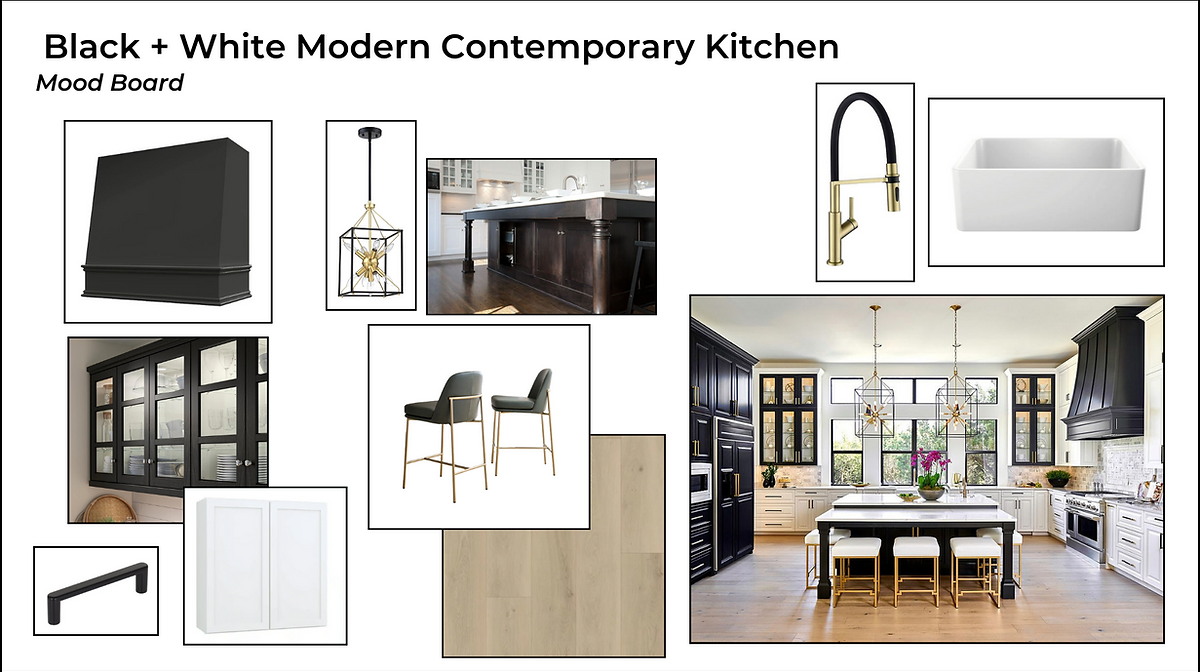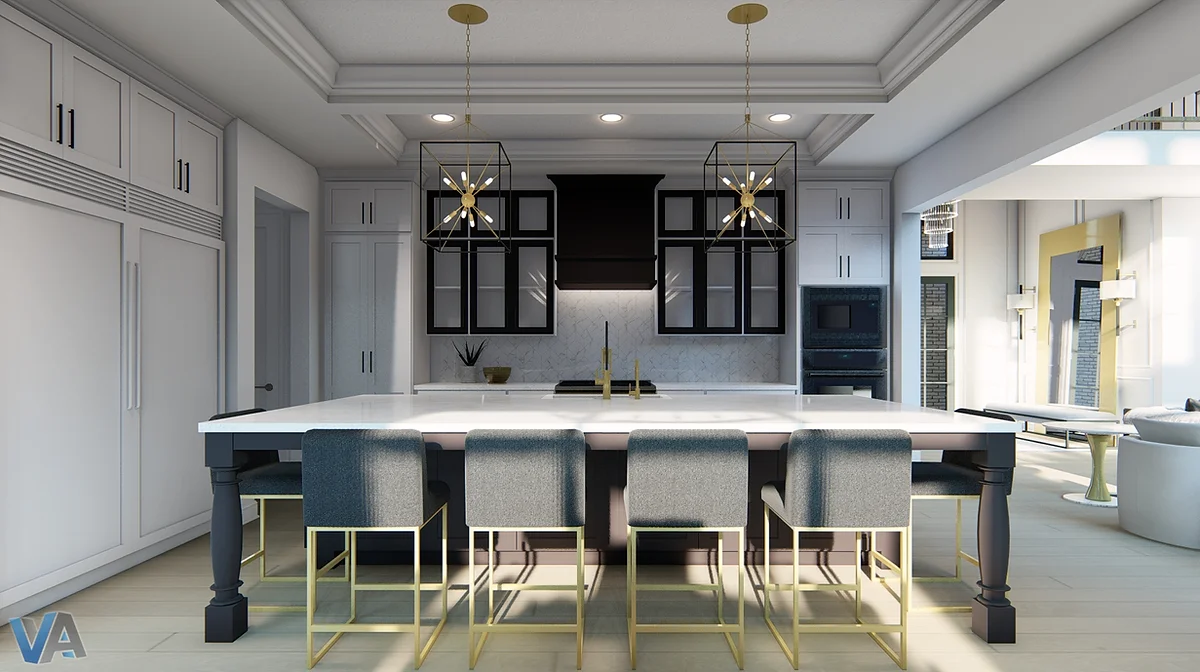Elevating Interior Design: The Power of 3D Modeling for Client Communication
- VirtuActive

- Apr 24, 2024
- 2 min read
Updated: Apr 29, 2024
In the dynamic world of interior design, effective communication is key to bringing creative visions to life. Traditional methods of presenting design concepts, such as sketches and mood boards, have long been the norm. However, with the advent of technology, interior designers now have a powerful tool at their disposal: 3D modeling.
Enhanced Visualization
One of the most compelling reasons for interior designers to utilize 3D modeling is its ability to provide clients with a clear and realistic visualization of proposed designs. Unlike flat sketches or static mood boards, 3D models allow clients to immerse themselves in the space and experience it from every angle. From furniture layouts to color schemes, every detail is brought to life in vivid detail, enabling clients to better understand and visualize the final outcome of their project.
Tailored Customization
Another advantage of 3D modeling is its flexibility and adaptability to client preferences. With 3D software, real-time adjustments can be made to designs based on client feedback. Whether it's experimenting with different furniture arrangements, wall colors, or decorative elements, designers can quickly iterate on designs until they perfectly align with the client's vision. This collaborative approach fosters better communication and ensures that the final design reflects the client's unique style and personality.
Mood Board Integration
Incorporating mood boards into 3D models further enhances the client experience by providing a comprehensive overview of the design concept. By integrating material samples, color swatches, and inspirational images directly into the 3D model, designers can effectively convey the desired mood and aesthetic of the space. Clients can see how different elements come together to create a cohesive design, making it easier for them to visualize how their space will look and feel once completed.
FROM THIS >> TO THIS!
Streamlined Decision-Making
By presenting design concepts through 3D models, interior designers can streamline the decision-making process and avoid misunderstandings or miscommunications. Clients can see exactly what to expect from the design, which helps them make informed decisions about materials, finishes, and layout options. This reduces the likelihood of costly revisions or changes later in the project, saving both time and resources for both parties involved.

The adoption of 3D modeling offers numerous benefits from enhancing client communication to streamlining the design process. 3D modeling enables designers to effectively convey future spaces and mood boards to clients in a way that is immersive, interactive, and engaging. By embracing this innovative technology, interior designers can elevate their practice, foster better client relationships, and ultimately deliver more successful design solutions.
As a Residential Architectural Firm, we understand the value 3D brings to each project. We encourage all Industry Professionals - Builders, Interior Designers and Decorators, Realtors, as well as Homeowners to consider a 3D experience in each project to help save time, frustration and money, and to provide a memorable experience.
















Comments